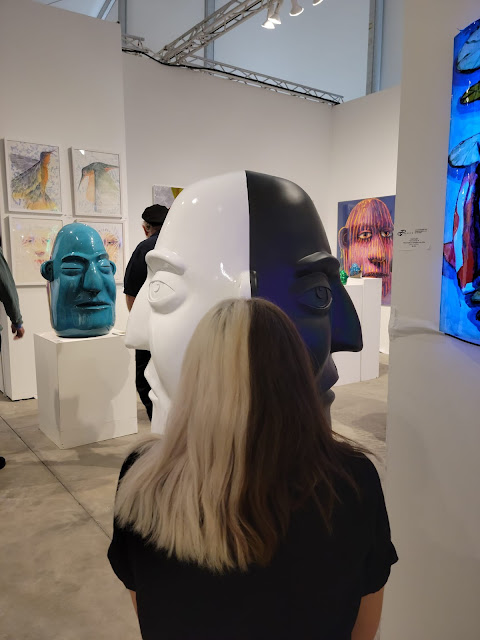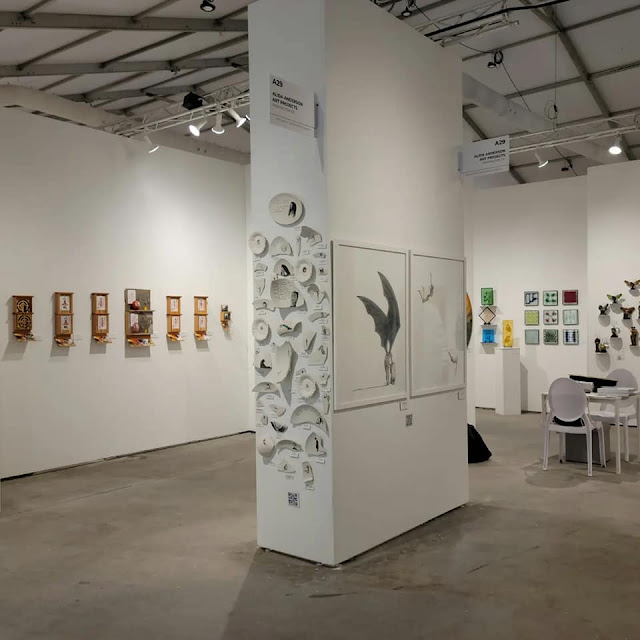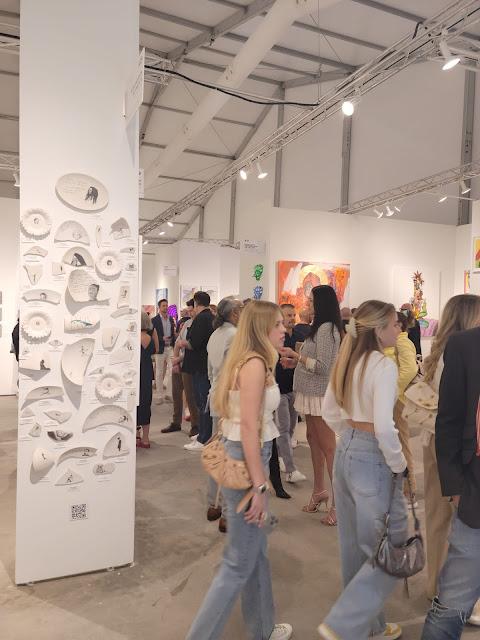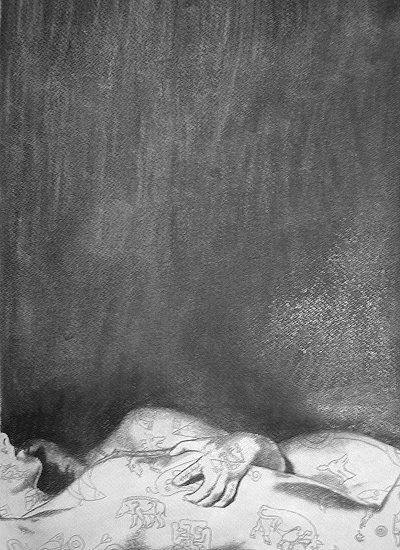As I write this, it is 3:26PM, EST and I am somewhere flying over the Atlantic coastline heading to Miami for the Art Basel Miami week of art fairs. The airline is Frontier, which is essentially such a no frills airlines, that my roundtrip ticket to Miami was about half the prize of Ubering from my house to BWI and back!
The nonsense of that equation alone is staggering to comprehend in the strange economics of the post Covidian Age.
The fair is Context Art Miami in Wynwood – we’ve done this fair before, in fact we’ve done it many times over the years, including the very first time that the fair made its debut a handful of years ago.
For this iteration, the booth is A29 and will host the work of Tim Tate, Michael Janis, Erwin Timmers, J. Jordan Bruns, Steve Wanna, Marianela de la Hoz, Christina Holowicz and Cory Oberndorfer.
The fair opens tomorrow to the VIPs and Wednesday to the public – in an ideal world, by Friday one hopes to have sold enough work to cover the costs of the booth, thus leaving the last two days to pure capitalistic joy – after all, art is a commodity, isn’t it?
I will, as usual, try to provide my daily report.
By now a lot of work has already happened, vans have been packed and driven (Wanna, Janis, Helowicz and Timmers), unloaded at the fair site in what I have described in the past as the “dance of vans and trucks”, and most of the work hung.
Tomorrow morning the booth is finished hanging by noon (we hope) and labeling affixed, tired bodies are showered and dressed up for the VIP opening, and then the real dance begins.












